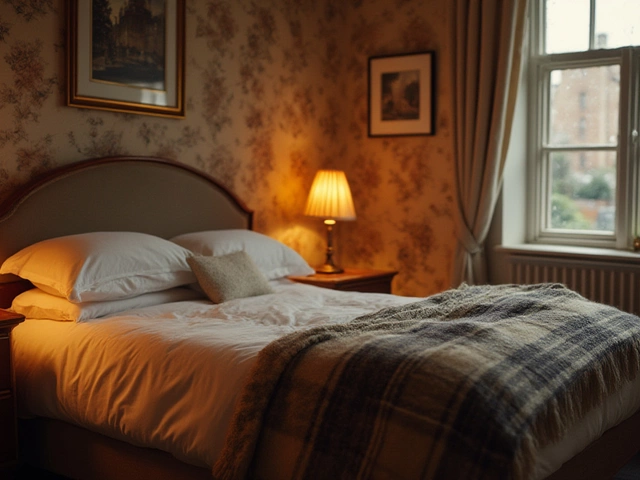Buying a Sofa – Simple Guide to Size, Depth, Price and Style
Looking for a new couch can feel overwhelming, but it doesn’t have to be. Below you’ll find straight‑forward advice on the three things most people worry about: how big the sofa should be, how deep it needs to be for comfort, and how to get a good deal while keeping style in mind.
How to Choose the Right Size
The first step is measuring your room. Grab a tape measure and note the length of the wall where the sofa will sit, plus any doorways or hallways the piece must pass through. A popular rule of thumb is to leave at least 30 cm (about a foot) of walking space on each side, so the room still feels open.
Most UK homes use a standard 3‑seater that’s roughly 84 inches (214 cm) wide. If your living room is smaller than 12 feet across, you might opt for a 2‑seater or a compact 3‑seater that measures around 75 inches. Keep in mind that a sectional can eat up a lot of floor space, so measure the whole shape before you fall in love.
Don’t forget the height of the back. A high‑back sofa looks great in rooms with tall ceilings, while a low‑profile design works better in cozier spaces. The key is visual balance – you want the sofa to feel like it belongs in the room, not dominate it.
Depth, Price and Styling Tips
Depth is where comfort meets function. A seat depth of 20‑22 inches (about 50‑55 cm) suits most people for lounging, while a deeper 24‑26 inch seat is perfect if you like to stretch out. If you’re short‑statured, a deeper seat can feel like a strain, so test it out before buying.
Price is often the biggest mystery. On average, retailers mark up sofas by 100‑150 % over the manufacturing cost. That means a £500 sofa could have cost the factory around £250‑£300. Look for sales, factory‑direct websites, or outlet stores to shave 20‑30 % off the typical retail price.
When it comes to style, cushions are an easy win. Adding a couple of throw pillows in complementary colours instantly lifts a plain couch. If you have a 3‑seater, try arranging pillows in a 2‑1‑2 pattern (two on each side, one in the middle) – it looks balanced without being over‑done.
Another quick upgrade is a slipcover. A good quality slipcover can protect the fabric, let you switch colours seasonally, and hide minor wear. Choose a neutral base (grey, beige or navy) and add a bright pillow for a pop of colour.
If you’re torn between a couch and a sectional, think about how you use the space. A sectional offers more seating but can block traffic flow. A traditional couch paired with a sleek armchair often creates a flexible layout that can be rearranged as needed.
Finally, check the warranty and delivery terms. Some stores offer free delivery and a two‑year warranty on frame and cushions – a sign they stand behind their product. Reading the fine print can save you from surprise fees later.
With these basics – proper measurements, sensible depth, smart price hunting and a few styling tricks – you’re ready to pick a sofa that feels right in both look and comfort. Happy shopping, and enjoy the new centrepiece of your living room!

Good Budget for a Sofa: What to Spend and Why
Figuring out how much to spend on a sofa can get confusing, but it doesn’t have to be. This article breaks down what you actually get at different price points, common pitfalls to avoid, and clever ways to stretch your furniture budget. Learn what to watch out for, which features matter, and what most people overlook. If you want a comfy couch without wasting money, you’ll find the answers here.
Categories
- Storage (27)
- Bathroom (18)
- Sofas (15)
- Curtains (15)
- Home Decor (12)
- Bedding (11)
- Kitchenware (11)
- Cushions (11)
- Mirrors (10)
- Rugs (9)
Popular Articles



